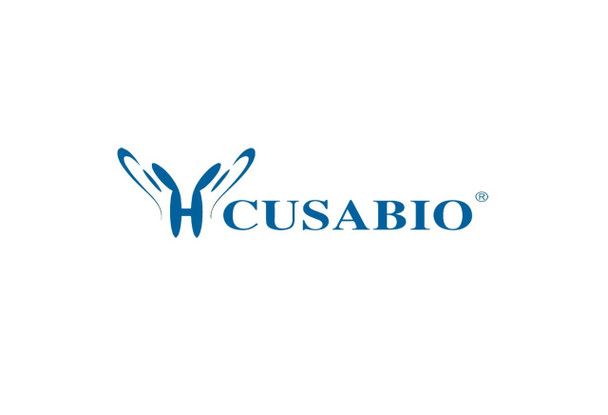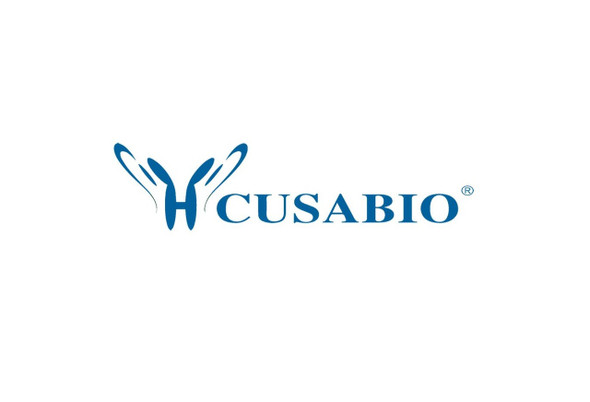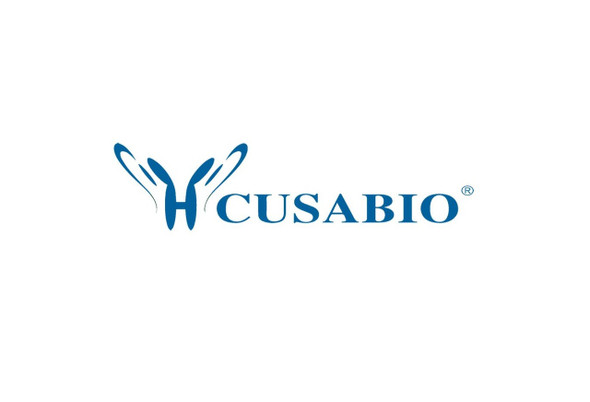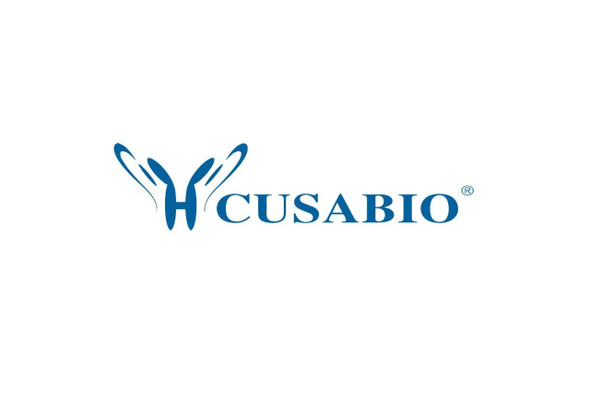Cusabio Active Proteins
Recombinant Human MHC class I polypeptide-related sequence A (MICA), partial (Active) | CSB-AP005551HU
- SKU:
- CSB-AP005551HU
- Availability:
- 5 to 10 Working Days
Description
Recombinant Human MHC class I polypeptide-related sequence A (MICA) ,partial (Active) | CSB-AP005551HU | Cusabio
Protein Description: Partial
Alternative Name (s) : MHC Class I Polypeptide-Related Sequence A; MIC-A; MICA; PERB11.1
Gene Names: MICA
Research Areas: Signal Transduction
Species: Homo sapiens (Human)
Source: Mammalian cell
Tag Info: C-terminal Fc-tagged
Expression Region: 23-308aa
Sequence Info: AEPHSLRYNLTVLSWDGSVQSGFLTEVHLDGQPFLRCDRQKCRAKPQGQWAEDVLGNKTWDRETRDLTGNGKDLRMTLAHIKDQKEGLHSLQEIRVCEIHEDNSTRSSQHFYYDGELFLSQNLETKEWTMPQSSRAQTLAMNVRNFLKEDAMKTKTHYHAMHADCLQELRRYLKSGVVLRRTVPPMVNVTRSEASEGNITVTCRASGFYPWNITLSWRQDGVSLSHDTQQWGDVLPDGNGTYQTWVATRICQGEEQRFTCYMEHSGNHSTHPVPSGKVLVLQSHWQ
Biological Activity: The ED50 as determined by its ability to bind Human N2DL2 in functional ELISA is less than 5 ug/ml.
MW: 59.9 kDa
Purity: Greater than 95% as determined by SDS-PAGE.
Endotoxin: Less than 1.0 EU/µg as determined by LAL method.
Relevance: MHC class I polypeptide-related sequence A, also known as MIC-A, PERB11.1 and MICA, is a single-pass type I membrane protein which belongs to the MHC class I family of MIC subfamily. MICA contains one Ig-like C1-type domain and is expressed on the cell surface, although unlike canonical class I molecules does not seem to associate with beta-2-microglobulin. It is thought that MICA functions as a stress-induced antigen that is broadly recognized by NK cells, NKT cells, and most of the subtypes of T cells. MICA is the ligand for NK cell activating receptor KLRK1/NKG2D. MICA seems to have no role in antigen presentation. MICA leads to cell lysis by binding to KLRK1.
PubMed ID:
Notes: Repeated freezing and thawing is not recommended. Store working aliquots at 4℃ for up to one week.
Function: Seems to have no role in antigen presentation. Acts as a stress-induced self-antigen that is recognized by gamma delta T-cells. Ligand for the KLRK1/NKG2D receptor. Binding to KLRK1 leads to cell lysis.
Involvement in disease: Psoriasis 1 (PSORS1) ; Psoriatic arthritis (PSORAS)
Subcellular Location: Cell membrane, Single-pass type I membrane protein, Cytoplasm
Protein Families: MHC class I family, MIC subfamily
Tissue Specificity: Widely expressed with the exception of the central nervous system where it is absent. Expressed predominantly in gastric epithelium and also in monocytes, keratinocytes, endothelial cells, fibroblasts and in the outer layer of Hassal's corpuscles within the medulla of normal thymus. In skin, expressed mainly in the keratin layers, basal cells, ducts and follicles. Also expressed in many, but not all, epithelial tumors of lung, breast, kidney, ovary, prostate and colon. In thyomas, overexpressed in cortical and medullar epithelial cells. Tumors expressing MICA display increased levels of gamma delta T-cells.
Paythway: Naturalkillercellmediatedcytotoxicity
Form: Lyophilized powder
Buffer: Lyophilized from a 0.2 μm filtered 1xPBS, pH 7.4
Reconstitution: We recommend that this vial be briefly centrifuged prior to opening to bring the contents to the bottom. Please reconstitute protein in deionized sterile water to a concentration of 0.1-1.0 mg/mL.We recommend to add 5-50% of glycerol (final concentration) and aliquot for long-term storage at -20℃/-80℃. Our default final concentration of glycerol is 50%. Customers could use it as reference.
Uniprot ID: Q29983
Uniprot Entry Name:
HGNC Database Link: HGNC
UniGene Database Link: UniGene
KEGG Database Link: KEGG
STRING Database Link: N/A
OMIM Database Link: OMIM









